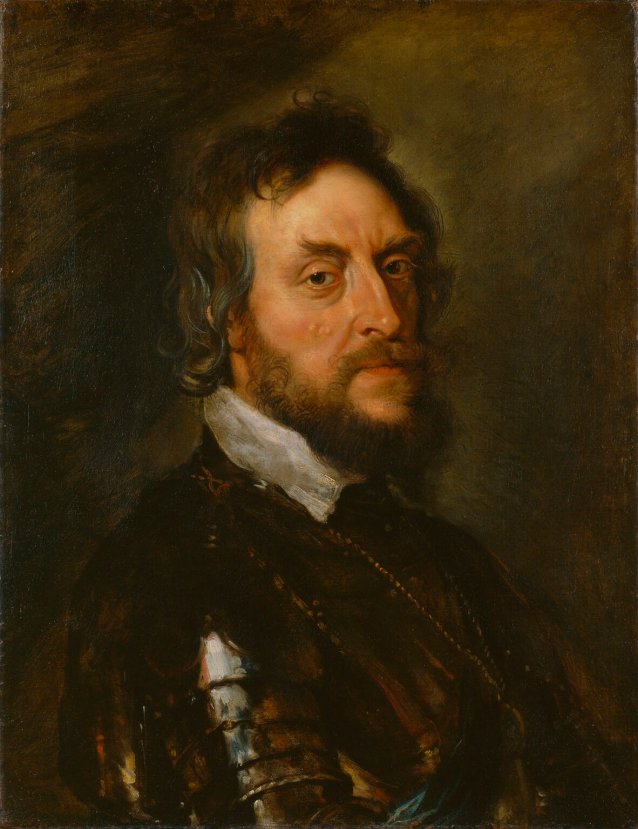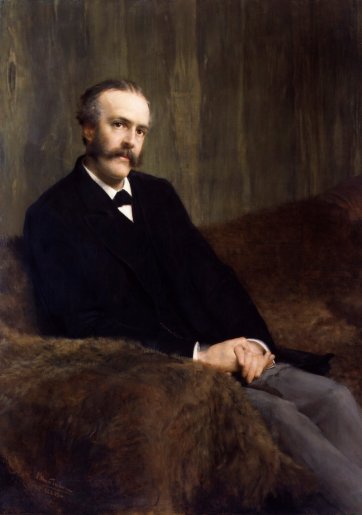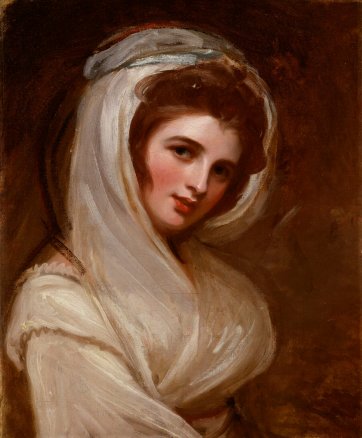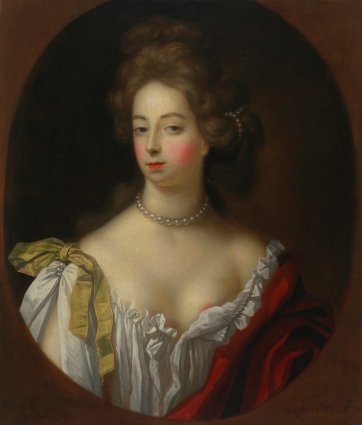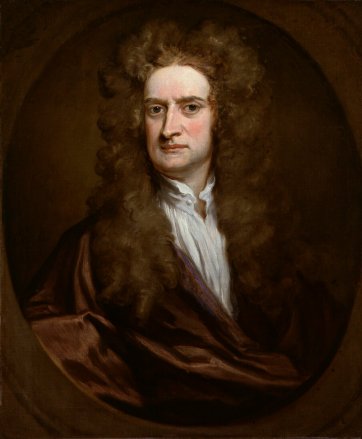Following the restoration of the Arundel title by King James I, Thomas Howard (1585–1646) rose to become one of King Charles I’s most trusted courtiers. His impact on English art was considerable; he owned the first major collection of classical antiquities in London, collections admired by the Flemish painter Peter Paul Rubens.
This portrait was painted in 1629 when Rubens was in London on a diplomatic mission. Howard wears the sash of the Order of the Garter and a gleaming suit of armour, befitting his status as Earl Marshal. The vitality and dynamism of Rubens’ technique astounded English patrons, and his brief presence in London paved the way for his most talented protégé, Anthony van Dyck, to be appointed court painter to King Charles I in 1632.
National Portrait Gallery, London
Purchased, 1929
© National Portrait Gallery, London
